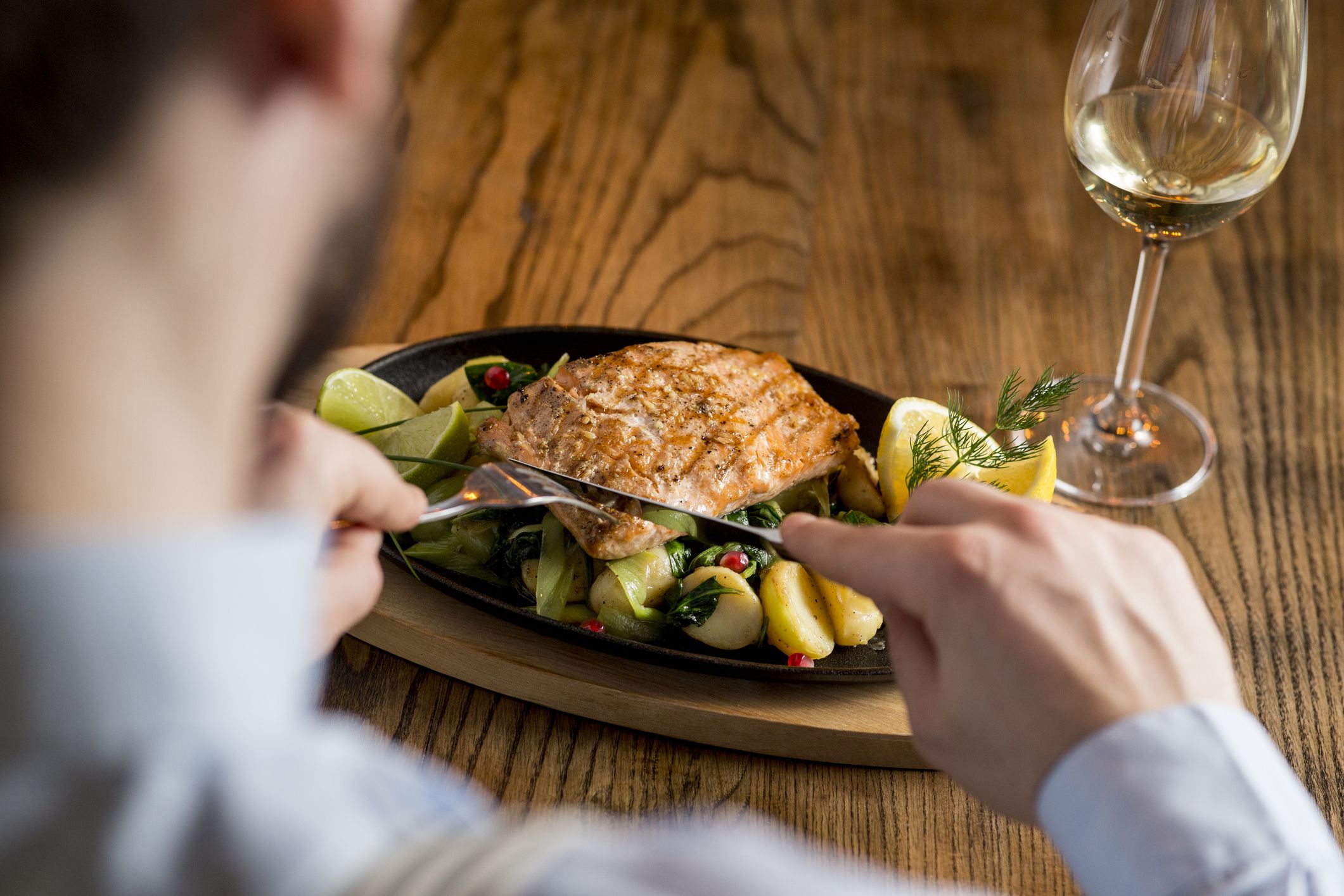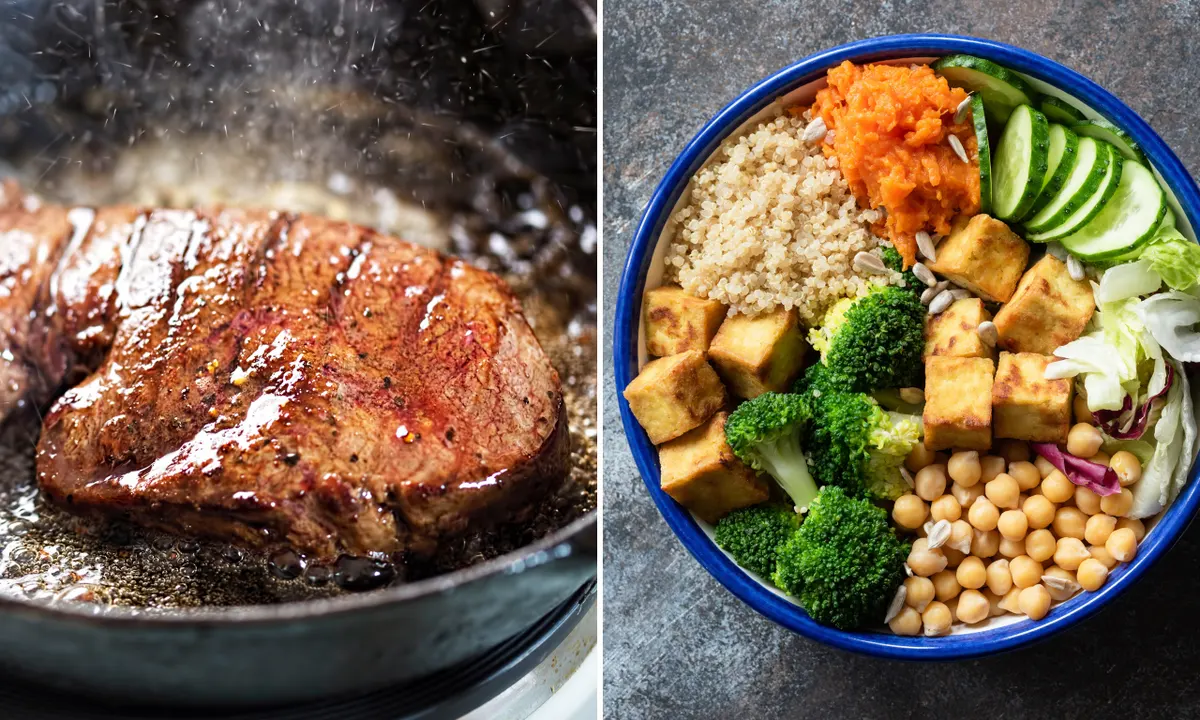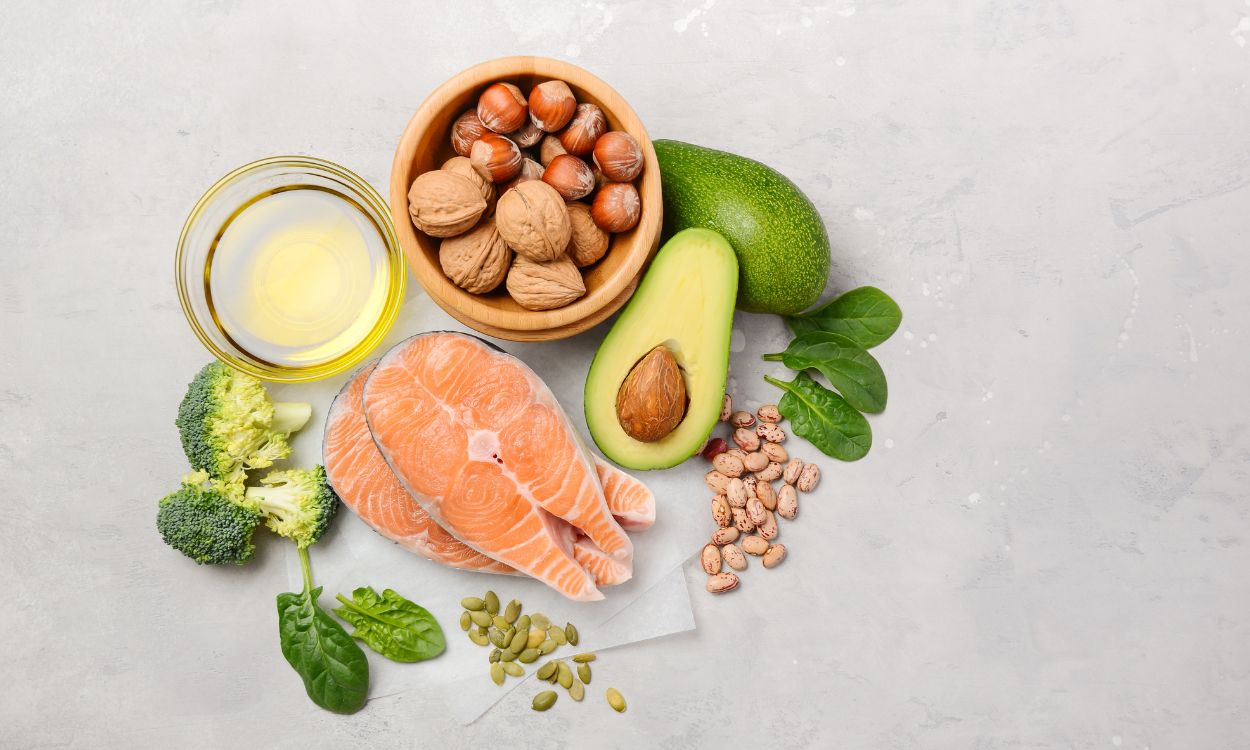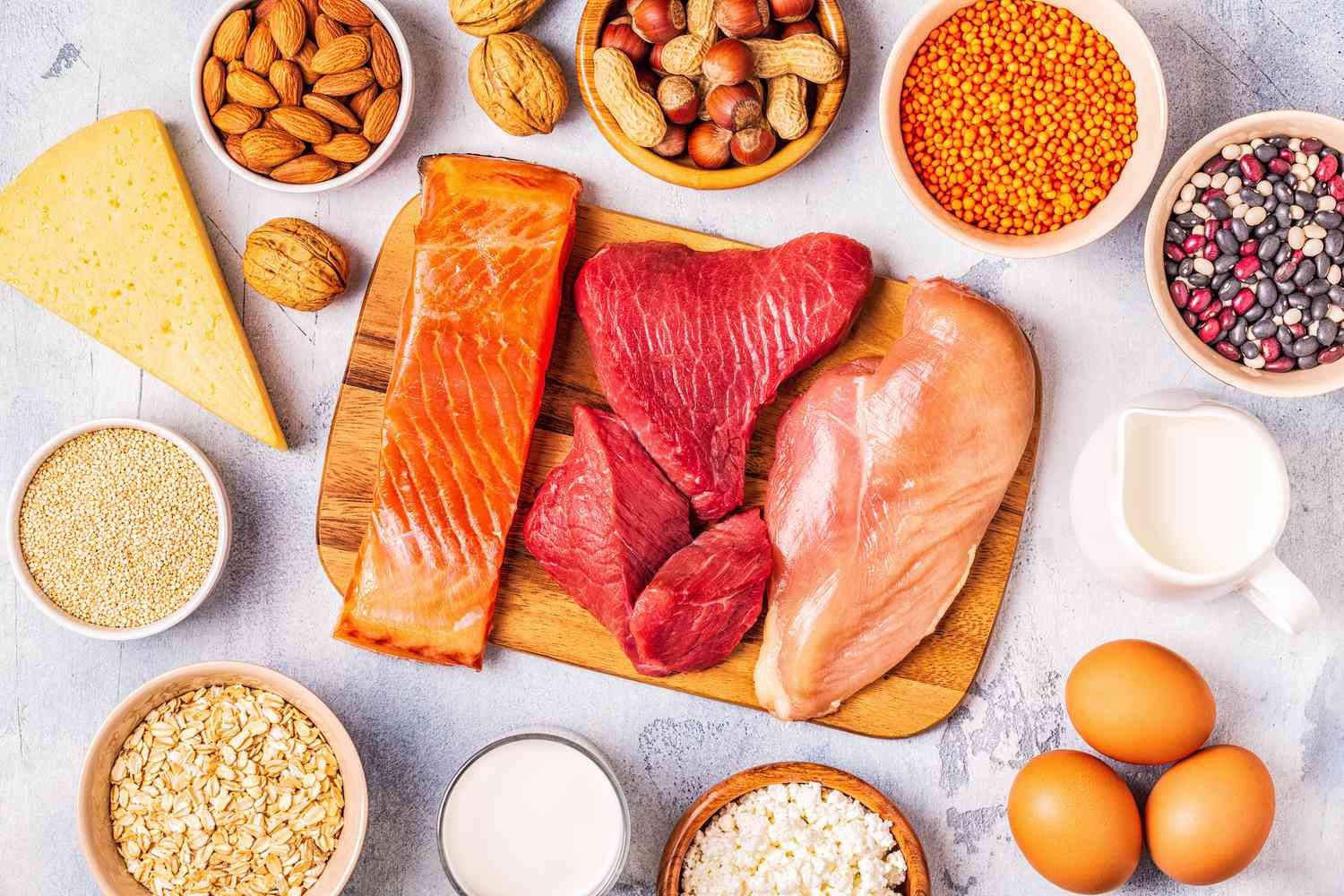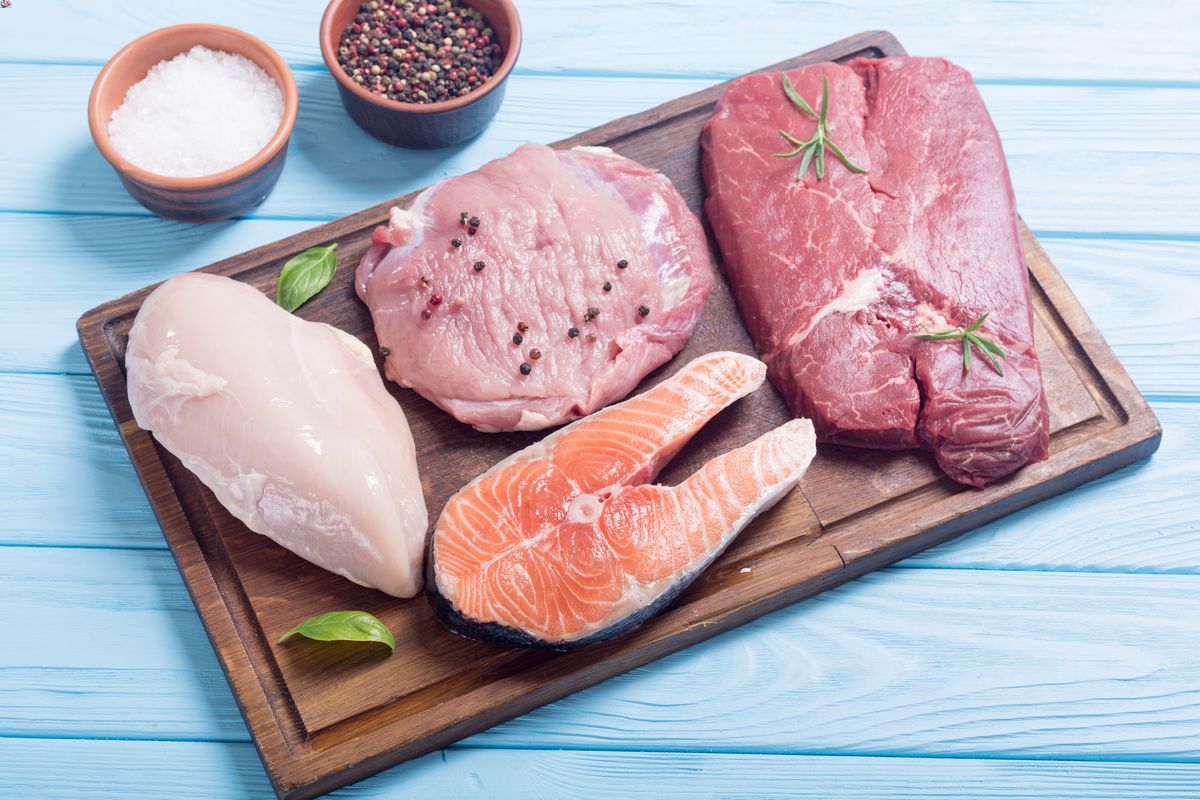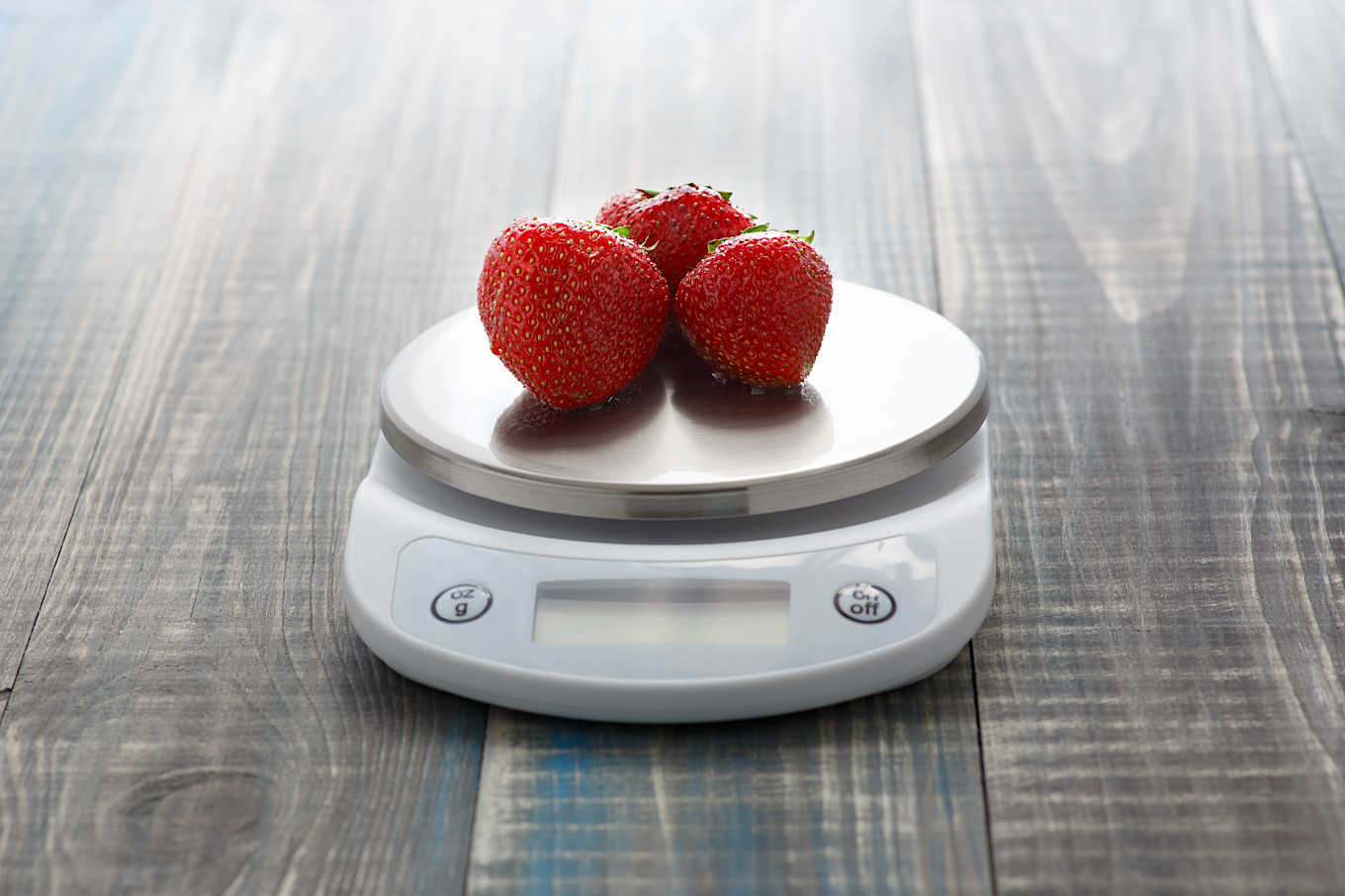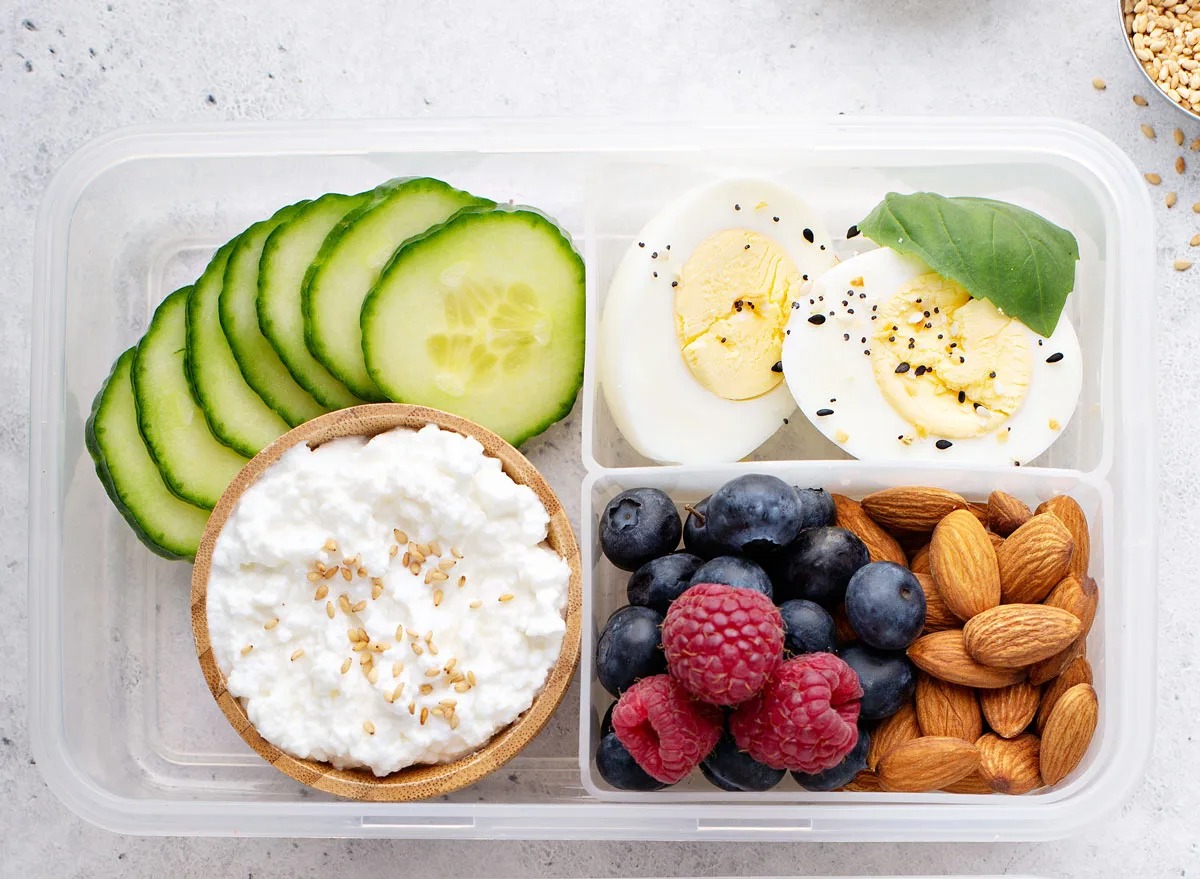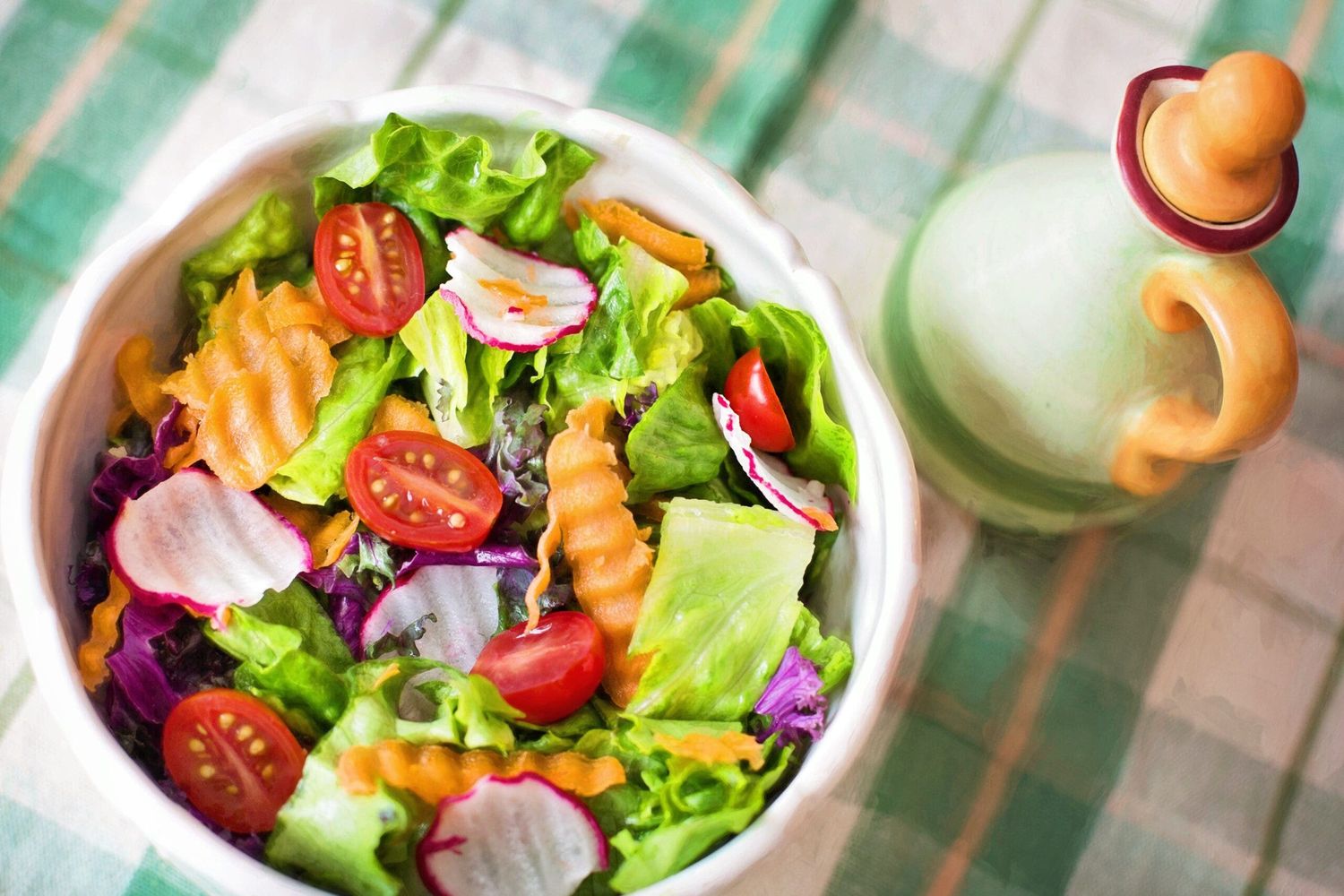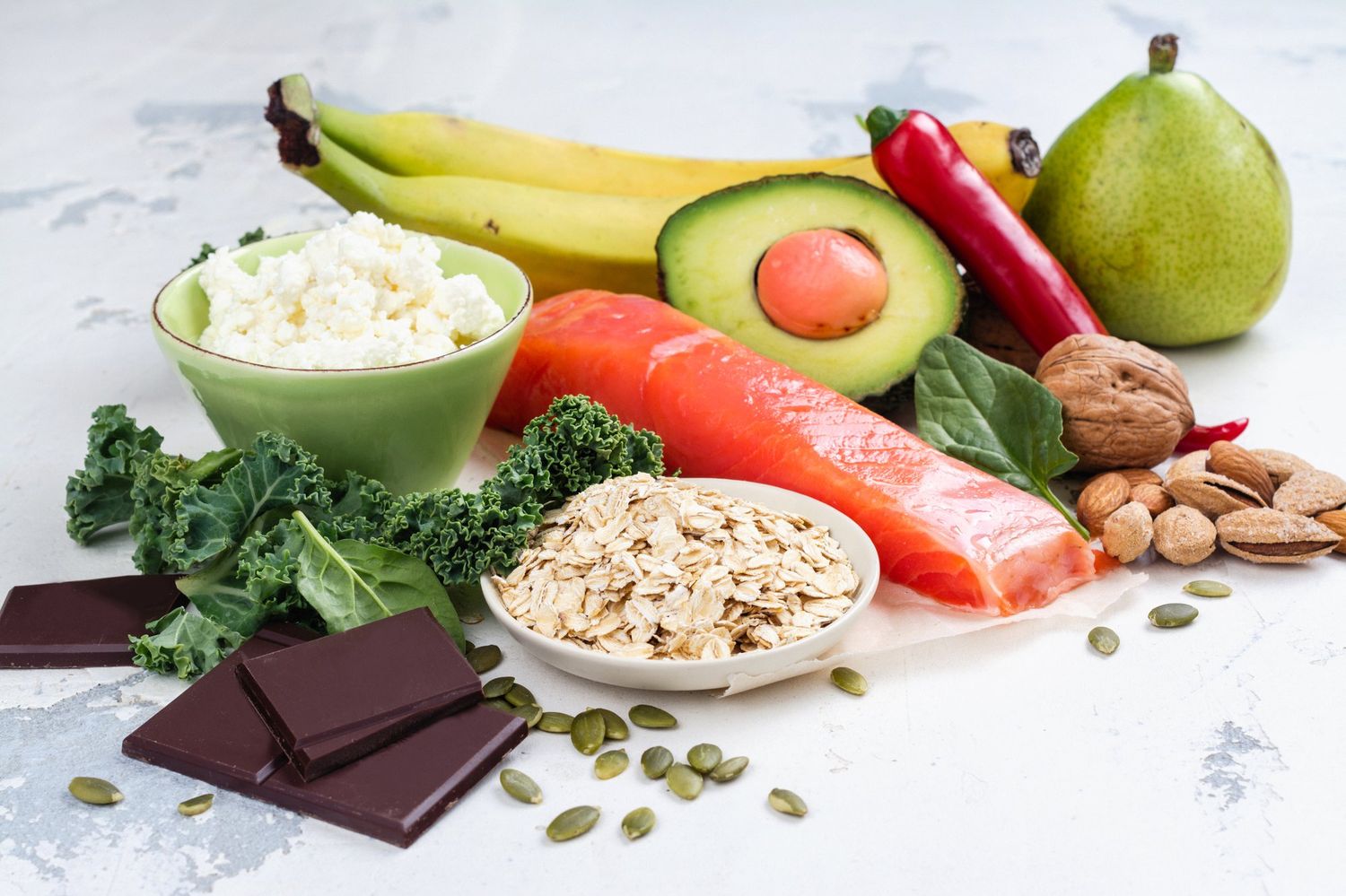Discovering High Protein Foods Without Meat
Protein is an essential macronutrient that plays a crucial role in the overall functioning of the body. While meat is a common source of protein, there are plenty of other options for those who follow a vegetarian or vegan diet, or simply want to reduce their meat consumption. Here are some delicious and nutritious ways to incorporate high protein foods into your diet without relying on meat.
1. Legumes
Legumes such as lentils, chickpeas, and black beans are excellent sources of protein. They can be easily added to soups, salads, and stews, or used to make veggie burgers and meatless meatballs. These versatile legumes are not only high in protein but also packed with fiber, making them a great addition to any diet.
2. Quinoa
Quinoa is a complete protein, meaning it contains all nine essential amino acids that the body cannot produce on its own. This ancient grain is incredibly versatile and can be used as a base for salads, stir-fries, or as a side dish. It’s also gluten-free, making it a great option for those with dietary restrictions.
3. Tofu and Tempeh
Tofu and tempeh are both made from soybeans and are excellent sources of plant-based protein. Tofu can be grilled, sautéed, or blended into smoothies, while tempeh can be marinated and used in sandwiches or stir-fries. These soy-based products are not only high in protein but also contain other essential nutrients such as iron and calcium.
4. Greek Yogurt
Greek yogurt is a creamy and delicious source of protein that can be enjoyed on its own or used as a base for smoothies, parfaits, and dips. It is also rich in probiotics, which are beneficial for gut health. For a dairy-free option, coconut or almond-based yogurts are also high in protein and can be used in the same way as traditional Greek yogurt.
5. Nuts and Seeds
Nuts and seeds, such as almonds, chia seeds, and pumpkin seeds, are not only high in protein but also contain healthy fats and essential vitamins and minerals. They can be sprinkled on top of oatmeal, yogurt, or salads, or enjoyed as a satisfying snack on their own.
6. Edamame
Edamame, or young soybeans, are a popular appetizer in Japanese cuisine and are a great source of plant-based protein. They can be enjoyed steamed and sprinkled with sea salt or added to stir-fries and salads for an extra protein boost.
7. Seitan
Seitan, also known as wheat gluten, is a popular meat substitute that is high in protein and has a chewy, meat-like texture. It can be used in place of meat in dishes such as stir-fries, tacos, and sandwiches, making it a great option for those looking to increase their protein intake without consuming meat.
By incorporating these high protein foods into your diet, you can easily meet your nutritional needs without relying on meat. Whether you follow a vegetarian, vegan, or flexitarian diet, there are plenty of delicious and nutritious options available to help you maintain a high protein intake.
Remember, it’s important to consume a variety of protein sources to ensure you are getting all the essential amino acids and nutrients your body needs to thrive. Experiment with different recipes and ingredients to discover new and exciting ways to enjoy high protein meals without meat.
